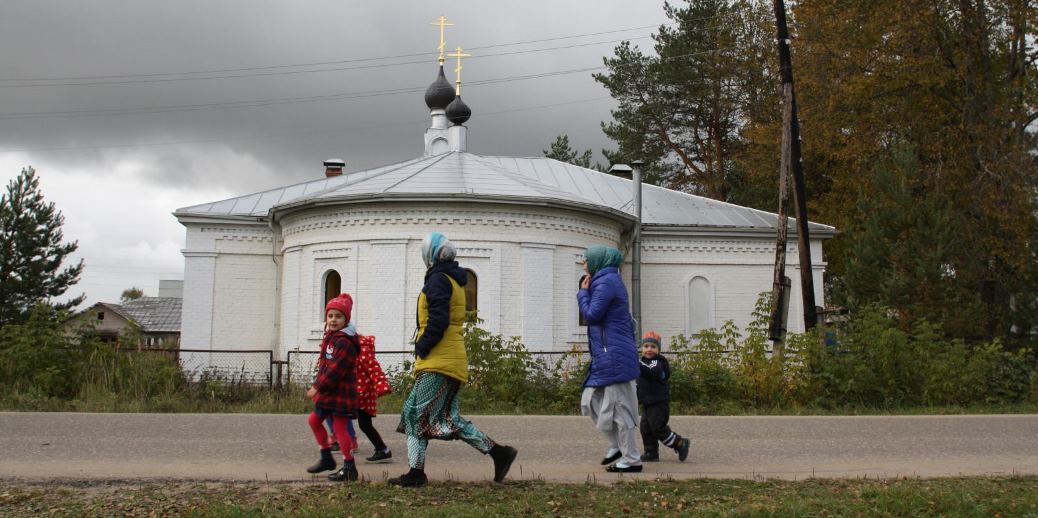Nazim Soliev is confident that he’s good for Russia.
Or more specifically, the 35-year-old native of Tajikistan, the most impoverished of Central Asia’s five former Soviet republics, says his presence here in Rozhdestveno, 200 kilometers northwest of Moscow, is good for his adopted homeland.
“‘Better you than the Chinese,’ that’s what my ex-boss told me,” the small-framed Soliev says between double shifts as a stoker at the village school, earning him around $250 a month, nearly twice the average Tajik wage.
In its recent Revision Of World Urbanization Prospects report, the United Nations predicted that the current decline in Russia’s rural population would accelerate in the coming decades, from nearly 37 million now to just 22 million Russians residing in the countryside by the year 2050.
Stretched along the road between the ancient city of Tver and the Volga River, Rozhdestveno and a cluster of smaller villages around it exemplify the agony of Russia’s countryside.
Here, as in many rural areas mired in joblessness since the post-Soviet collapse of collective farms, decimated by low birthrates and migration to big cities, and barely held together by potholed roads, there is a perception that this kind of national heartland is no longer a pillar of Russian identity, prosperity, and tsarist-era expansion from the Baltic Sea to the Pacific Ocean.
Once they get Russian citizenship, many migrants become an important asset for local politicians. Referring to the Tajiks, Mayor Dmitry Kirdanov says “They’re not afraid to work. It’s a helpful difference from the native population.”
Photo credit: Mansur Mirovalev.
See full article by Mansur Mirovalev on Radio Free Europe website.

